Blog
What Are the Best Materials for High-Quality Artificial Decorative Flowers?
For premium artificial decorative flowers, what materials are best?
Because of their realistic look, easy care, and lifetime, artificial decorative flowers have grown in favor as a choice for homes, gatherings, and weddings. Still, the materials utilized to make these flowers determine their quality and realism most of the time. Together with their special qualities, advantages, and industry-shining trends, we will investigate the finest materials for premium fake decorative flowers in this thorough guide.
1.The Gold Standard of Realism: Silk Flowers
Because of their quite realistic feel and look, silk flowers are regarded as the height of artificial floral design.
The reasons silk works
Natural luster and softness of silk almost match those of actual flower petals.
Its vast spectrum of vivid or subdued colors guarantees a perfect match for any décor.
Good Uses:
Luxury home décor, high-end events, and weddings all call for silk flowers.
Positives:
very lifelike look.
Long-lasting and strong with correct care.
Cons are:
pricier than alternative materials.
calls for thorough cleaning to keep its looks good.
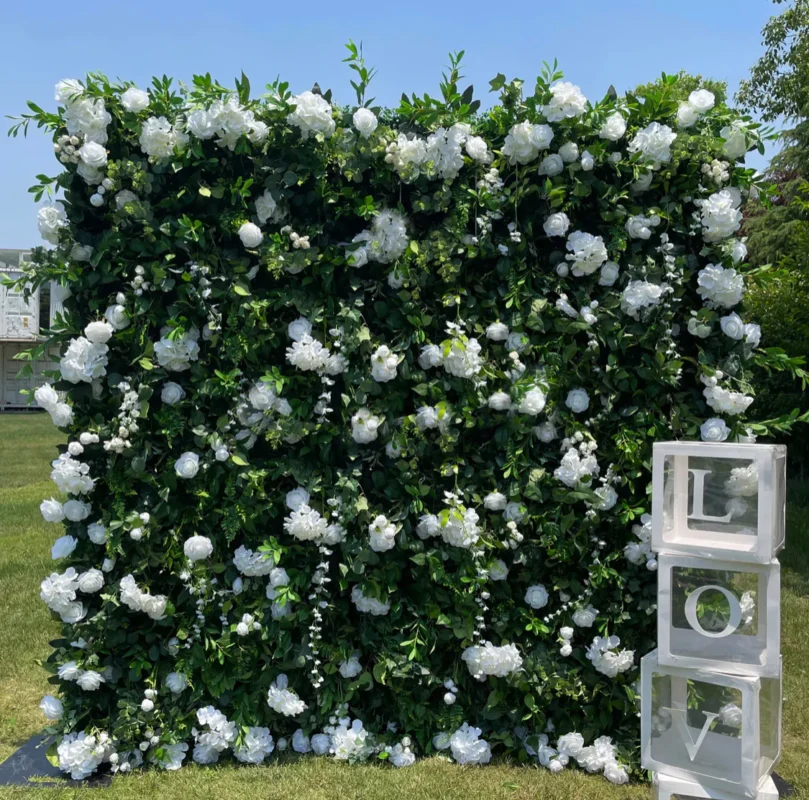
- Versatile and reasonably priced polyester flowers
Because polyester is so flexible and reasonably priced, it is among the most often used materials for artificial flowers.
Why Polyester Works:
It is light and easy to form into detailed patterns.
Polyester flowers fit outdoor application since their water-resistant finish can be obtained by coating them.
Good Uses:
Daily house décor and affordable party decorations.
advantages:
reasonably priced and freely accessible.
Simple cleanliness and low maintenance.
Cons include:
Less realistic than either silk or latex.
May fade over time depending on constant light exposure.
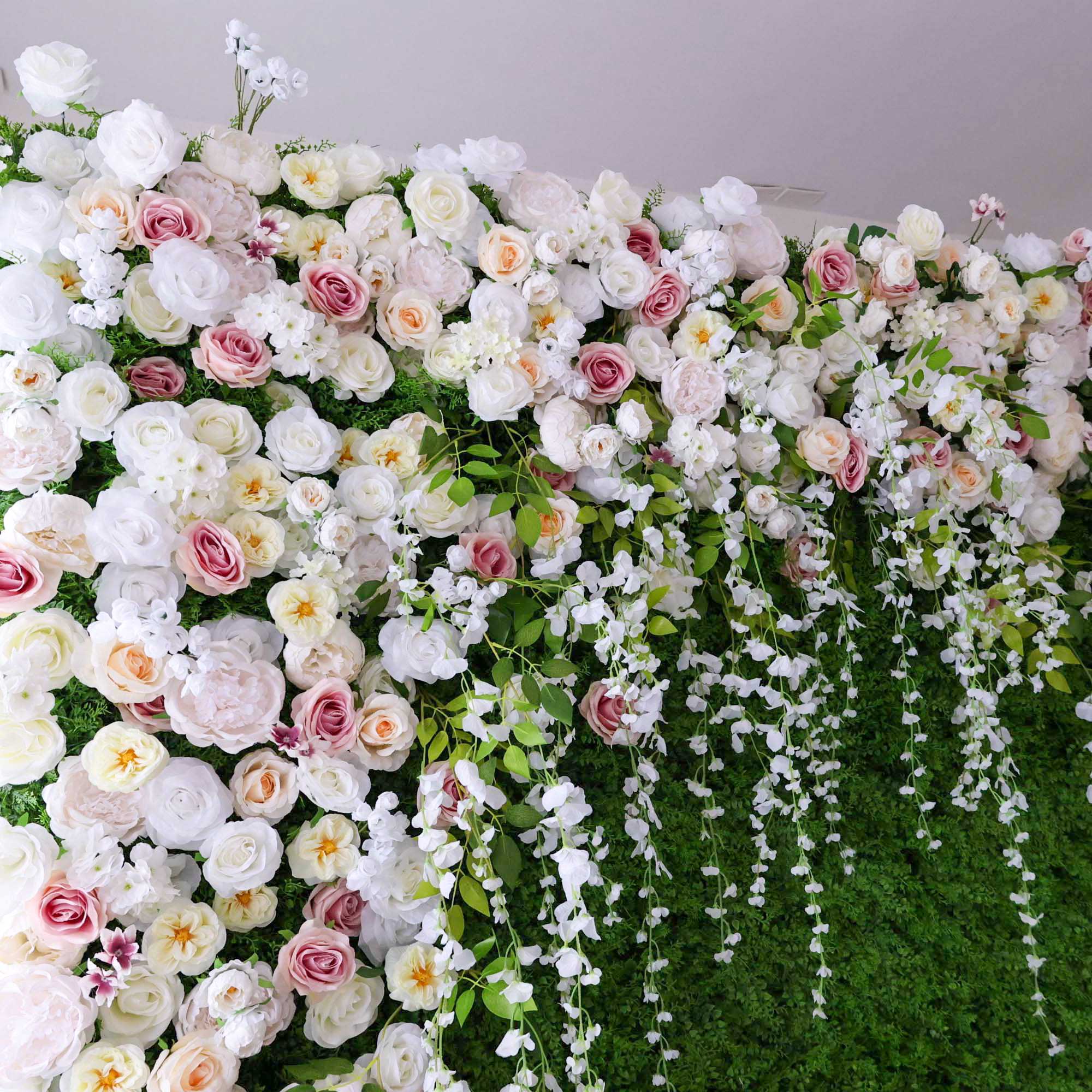
- Unmatched Realism in Texture: Latex Flowers
Because of their realistic look and natural feel, latex flowers are becoming rather trendy.
Latex Works: Why?
The medium lets one capture the complex veins and texture of actual petals and leaves, hence enabling great detail.
Flexible latex blooms are less likely to break.
Top Uses:
Realistic bouquets and opulent floral displays.
Benefits:
Natural soft texture reminiscent of actual flowers.
rather robust and wear-resistant.
Cons include:
more costly than polyester blooms.

Learn more:
How do flower walls enhance the elegance of hotel wedding venues?
Which are the most often used designs for wooden wedding arches?
- EVA Foam Flowers: Strong and light weight
Often employed in fake flowers for big-scale decorations, EVA (Ethylene-Vinyl Acetate) foam is a lightweight material.
Why EVA works?
It can be fashioned into intricate patterns and has vivid hues.
Water-resistant EVA blossoms are fit for outdoor use.
finest applications:
Large installations, outdoor décor, and event backgrounds.
Benefits:
robust and light.
Opposed to humidity and moisture.
Constraints:
Less lifelike and meticulous than silk or latex.
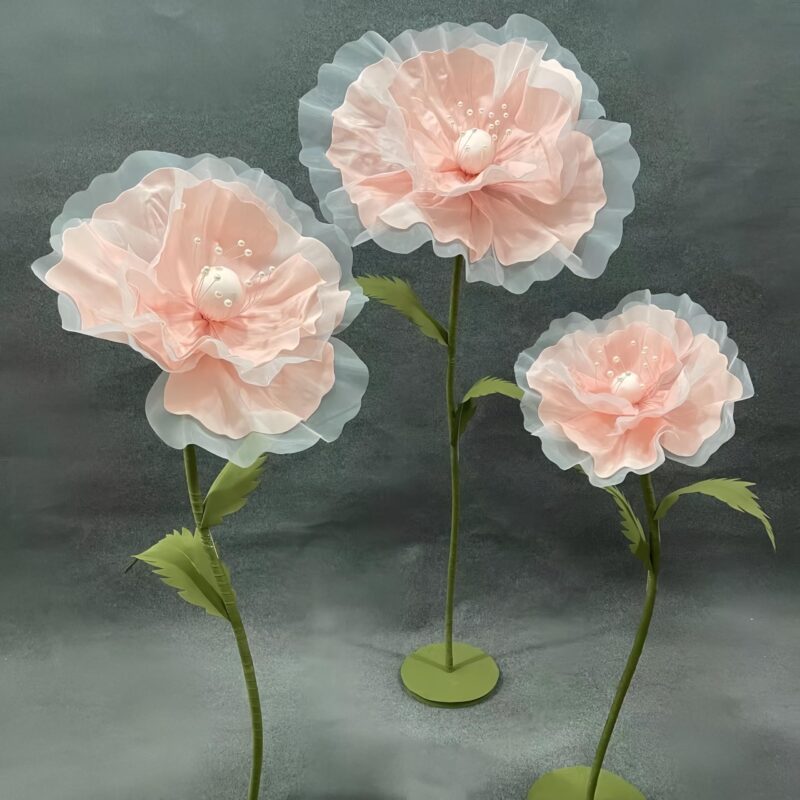
- Nylon Flowers: Outdoor-Friendly, Durable
Another material used frequently for artificial flowers—especially for outdoor displays—is nylon.
Why Does Nylon Work?
It resists UV light and rain as well as other elements.
Stretched and molded, the material is flexible enough for several patterns.
Greatest Applications:
Garden accents and all-weather floral displays.
Positive aspects:
long-lasting and fade-resistant.
Perfect for exterior uses.
drawbacks include:
less realism than other materials.

- Combining elements for improved realism
To maximize realism and lifetime, some upscale artificial flowers combine materials like silk petals with latex stems.
Why Combining Materials Works?
Combining several elements improves the blooms’ whole appearance and feel.
One material’s longevity balances the realistic features of another.
Effective Uses:
upscale flower designs for unique events.
positives:
superior realism and texture.
Long-lasting with appropriate maintenance.
Constraints:
More expensive since several materials are used.
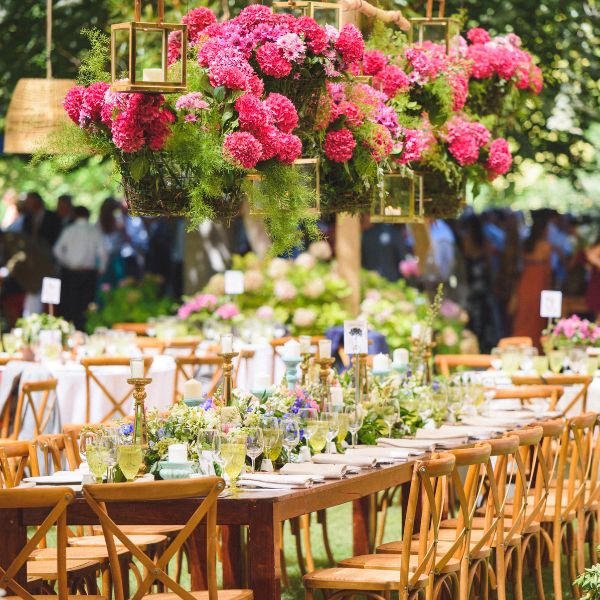
- Artificial Flower Technological Advancements
Modern artificial flower technologies have greatly enhanced their sustainability and realism.
Important tendencies:
Using 3D printing technology, produce minute details.
Development of environmentally friendly materials like biodegradable substitutes or recycled polyester.
Affect on the Sector:
Environmentally minded consumers find fake flowers more appealing because to these developments.
Better manufacturing methods let for more customizing.

- Environmental Issues
The choice of materials for fake flowers is moving toward environmentally friendly choices as sustainability takes the stage.
Prospective difficulties:
Not biodegradable are classic polymers like polyester and nylon.
Often used in arrangements, floral foam—a crude oil-based plastic—is not recyclable.
Remedies:
The emergence in fake flower manufacture of recyclable packaging and biodegradable materials.
Motivating consumers to recycle or give synthetic flowers following use.
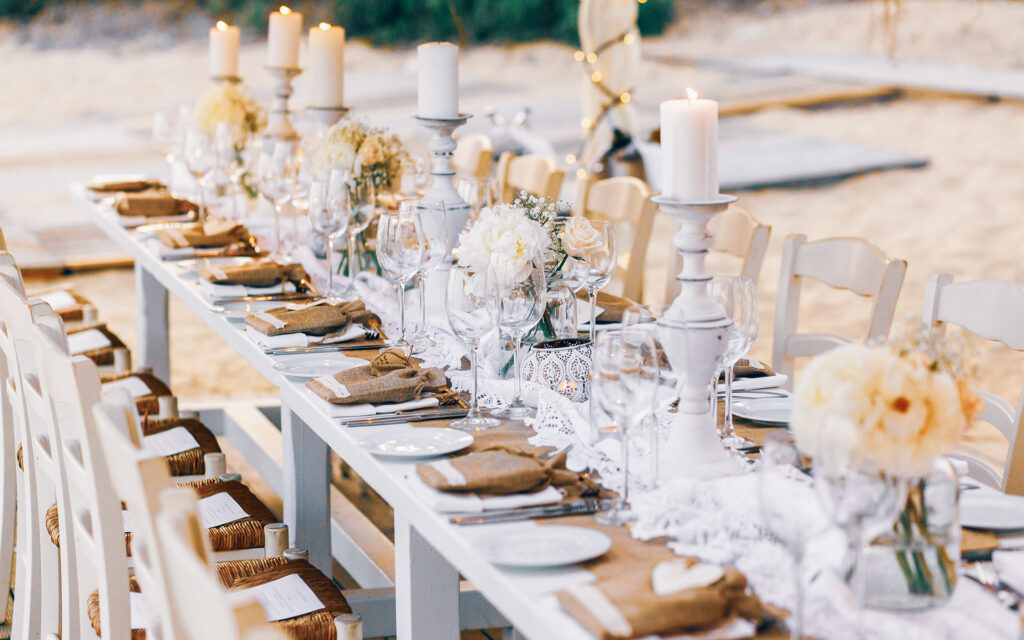
- Selecting Correct Content for Your Requirements
The intended purpose will determine the appropriate material for artificial flowers:
Regarding realism: the best materials are latex and silk.
Regarding durability, outdoor uses would benefit from both nylon and EVA foam.
Polyester presents a mix between cost and quality for more reasonably priced solutions.
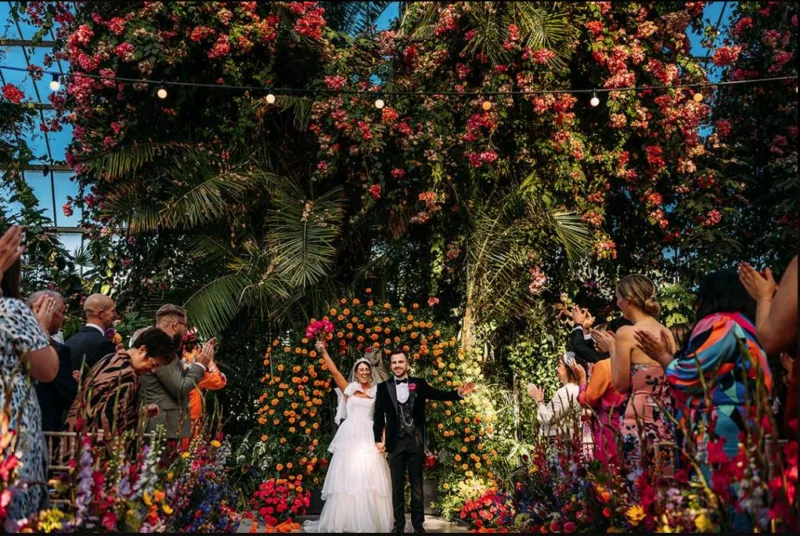
- Future Artificial Flower Design Trends
Several themes in artificial floral design are developing as we gaze ahead:
Focusing on single-stem flowers created from premium materials like silk or latex, minimalistic arrangements highlight
Artificial flowers and vegetation are used in biophilic design to produce peaceful, naturally inspired environments.
Modern décor might benefit from bold colors and patterns incorporated into it.
Growing need for environmentally friendly materials and techniques marks sustainable production.
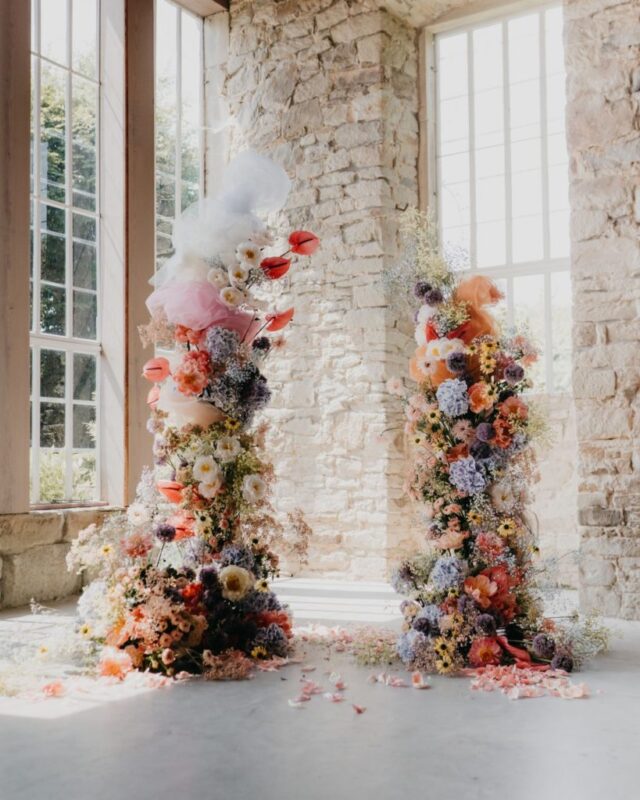
Last Words
Artificial decorative flower quality, realism, and lifetime depend much on the materials used in them. Though materials like polyester, nylon, and EVA foam provide durability and adaptability for many uses, silk and latex give unparalleled realism. Whether for outdoor displays, events, or home décor, knowing the special qualities of every material can help you select artificial flowers that exactly fit your needs.
The emphasis on sustainability and technological innovation will help to influence the future of artificial flower design as trends change so that these lovely, low-maintenance blooms remain a mainstay in decor for years to come.
